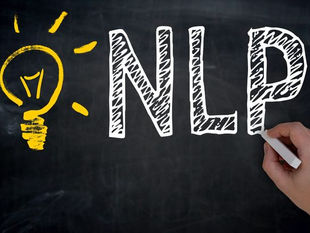
What is Python? A Beginner's Guide
Sep 21, 2024
2 min read
0
5
0

Python is an open-source, high-level programming language known for its simplicity and versatility. Created by Guido van Rossum and first released in 1991, Python has grown to become one of the most popular programming languages in the world. Its clear syntax and readability make it an ideal choice for both beginners and experienced developers.
Key Features of Python
1. Easy to Learn and Use
Python’s syntax is straightforward and resembles natural language, making it accessible to newcomers. This simplicity allows developers to focus on problem-solving rather than complex syntax.
2. Versatile
Python can be used for various applications, including:
Web Development: Frameworks like Django and Flask help build robust web applications.
Data Science and Analytics: Libraries such as Pandas, NumPy, and Matplotlib make data manipulation and visualization straightforward.
Artificial Intelligence and Machine Learning: Python is a preferred choice for machine learning projects, with powerful libraries like TensorFlow and scikit-learn.
Automation and Scripting: Python’s ability to automate repetitive tasks saves time and reduces human error.
3. Rich Ecosystem
Python boasts a vast library of modules and packages, allowing developers to leverage existing code for various tasks. The Python Package Index (PyPI) hosts thousands of third-party libraries, expanding Python’s capabilities significantly.
4. Strong Community Support
With a large, active community, Python developers can easily find support and resources. Numerous forums, tutorials, and documentation are available to help users at all levels.
How Python Works
Python is an interpreted language, meaning that code is executed line by line at runtime. This approach makes it easier to debug and test code but can sometimes lead to slower performance compared to compiled languages. However, the trade-off is often worth it due to the rapid development capabilities Python offers.
Applications of Python
Web Development: Companies like Instagram and Spotify use Python for their backend.
Data Science: Organizations leverage Python for data analysis, visualization, and machine learning projects.
Game Development: Python is also used in game development, with libraries like Pygame for creating 2D games.
Scientific Computing: Researchers rely on Python for simulations and data analysis in various scientific fields.
Getting Started with Python
To start using Python, you’ll need to install it on your computer. The official Python website provides easy-to-follow installation instructions. Once installed, you can write Python code in various environments, including integrated development environments (IDEs) like PyCharm or online platforms like Jupyter Notebook.
.png)





